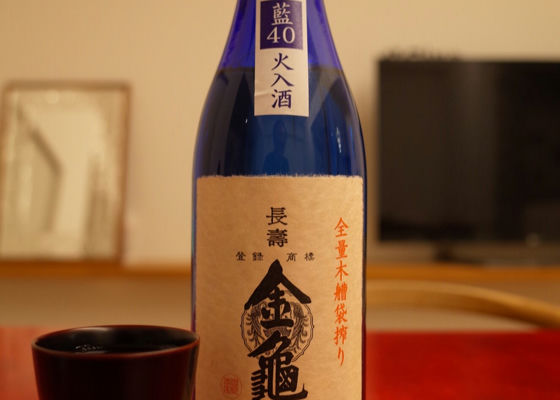
SakenowaRecord your sake experiences and discover your favorites
金龜Kinkame
Flavor Chart®
A chart created from flavor analysis of user comments.

Flavor Tags ®
Tags generated from flavor analysis of user comments.
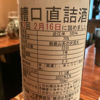
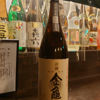
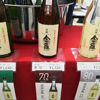
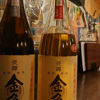

Popular Comments
I've been making my way to restaurants with good service lately.
Today they served me a fresh aged sake. Today is February 6.
This is my first Kinkame.
My first impression was that it was very good!
Next, it has a strong umakuchi taste.
The acidity at the end is good, just like Yamadataro.
It is like a light kijoshu, and it is delicious.
Shiga is nice.
Japanese>English
Similar Brands
We analyze the flavors based on everyone's comments and select similar brands.
KurumazakaSimilar Characteristics
Location
100 Yoshida, Toyosato, Inukami-gun, ShigaOpen in Google Maps
Timeline

Kinkame木艚袋搾り(きぶねふくろしぼり)
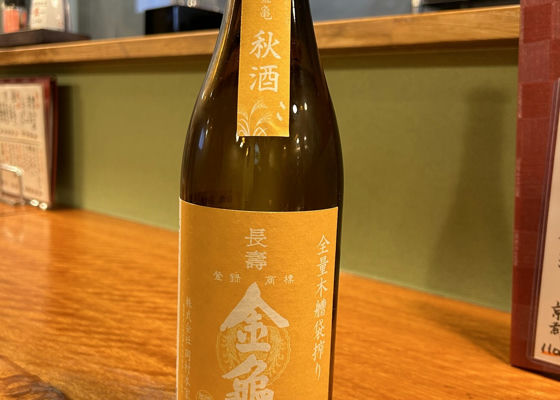
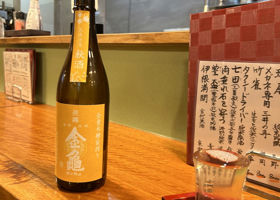
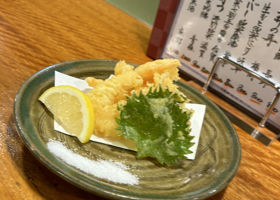
Koji
With masterpiece seared shime saba. Tough and tasty goodness.
Japanese>English
Kinkameうちのみ純米吟醸
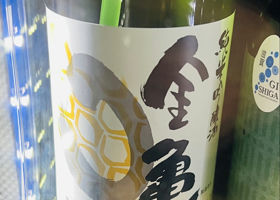
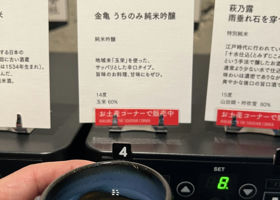
Hidetaro
When you put it in your mouth, the sweetness comes for a moment, and then the dryness comes right away.
It is a dry wine with a great sharpness. I think it goes well with all kinds of food.
Japanese>English
Kinkame長寿金亀緑60生原酒
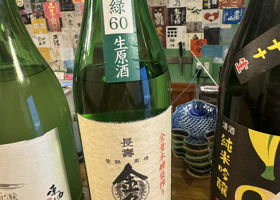
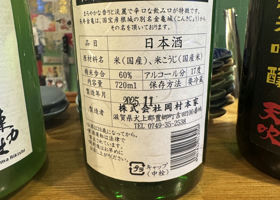
3GAwKwm5YK
Strong grain-like aroma
No tanginess
The aroma of grain spreads in the mouth with a slight bitterness, and the sweetness of rice and grain lingers in the mouth for a long time.
The aroma has a strong old sake-like flavor.
When served with shichimi (seven spices), the peculiar aroma is not bothersome and the rice flavor and sweetness can be felt.
Japanese>English

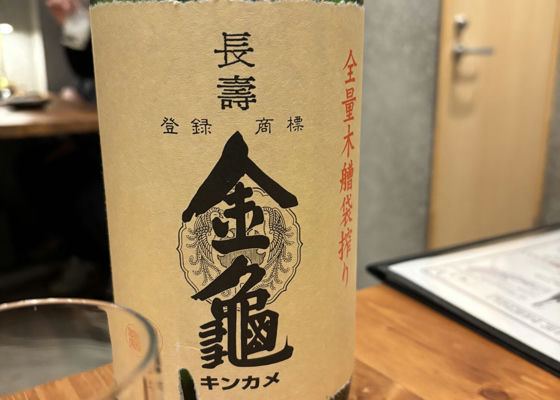
hono
😑
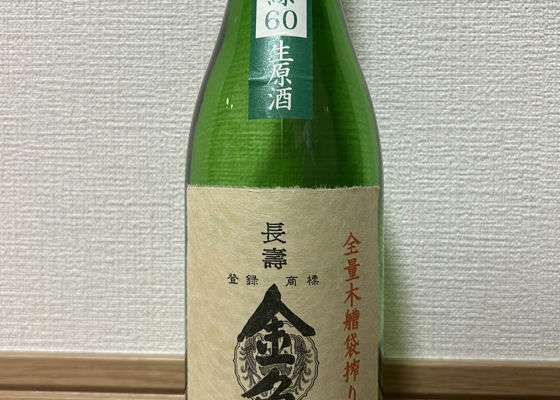
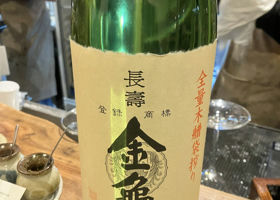
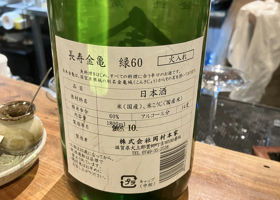
Kinkame長寿金亀赤生原酒
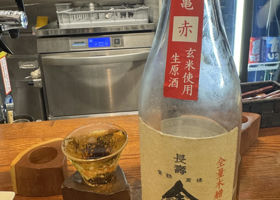
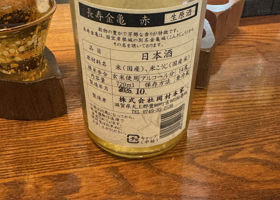
3GAwKwm5YK
The sake is made with brown rice and is unpolished.
Fairly yellow liquid color
No schwarziness
Old sake-like habit and mildness
When you put it in your mouth, it has a peculiar taste, but it is mild and not harsh.
Chestnuts? Honey? Mild sweetness with a hint of chestnut or honey, but it has a peculiar old sake-like taste.
It's not my favorite type of wine.
It's okay in small quantities, but it's hard to drink a glass of it.
Japanese>English

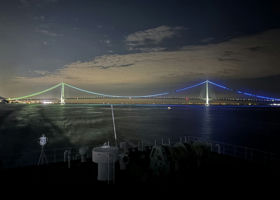
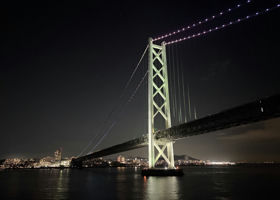
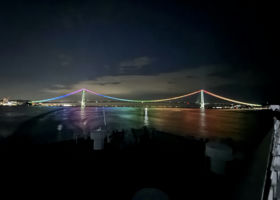
chichi
Today is the first day of a 4-day/3-night trip from Kitakyushu to Kyoto and back, taking a vacation and touring the San-in region. I procured a kinkame and assorted sashimi in Kyoto and am enjoying my evening drink on board the ferry. 🍶🤣🤣
This is my first time drinking this Kinkame. It has a light amber color and a rich, mellow taste, but it has a sharp, clean aftertaste, and surprisingly, I never get tired of drinking it. I think it goes well with sashimi👍.
The night view from the sea of the Akashi Kaikyo Bridge is also wonderful and I am looking forward to my future trip 😊.
Japanese>English
ma-ki-
Good evening, chichi!
What a coincidence 🎵I'm also in Yamaguchi on a trip starting today🎵.
I'm looking forward to drinking while traveling 😋.
It would be nice to have a drink while watching the night view ❣️
Have fun 🤗
Japanese>English
chichi
Good evening ma-ki-san!
I'm staying in Hagi today, and I got 3 bottles of sake and a Hagiyaki flat cup on the way 🍶🍶🍶.
Tomorrow I will continue walking towards Kyoto in search of more sake: 🙇♂️
Japanese>English
Kinkame白80 火入酒


やっぱり酒がすき
常温で甘うすい😓ラベルと80%精米ってイメージで飲んだからちょっとがっかり😞
が、燗してみたら美味しくなった!やさしめの甘旨👍上燗がベスト!
燗は○+
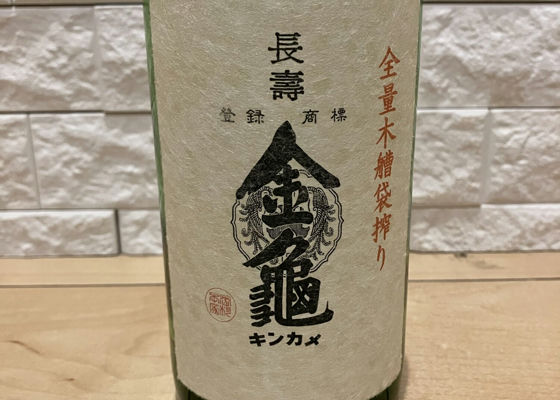
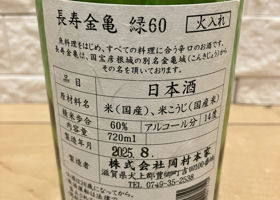
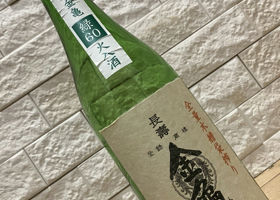
shingo
Grain aroma.
Slightly sweet and umami taste of rice.
Dry sake for a meal.
Japanese>English


いーじー
Purchased at Takashimaya Sake Festival
I was curious about this since it was previously featured in a sake magazine 👀.
Too bad I couldn't go to Okamura Honke's sake brewery opening last week due to some errands 😢.
Cold sake
Aroma of nuts, mushrooms and aromatic wood
Slightly refreshing on the palate
Good balance of astringency and umami
Crisp aftertaste with not so much boldness.
Japanese>English
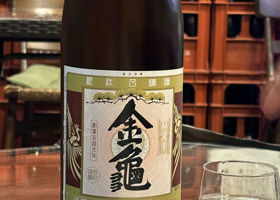
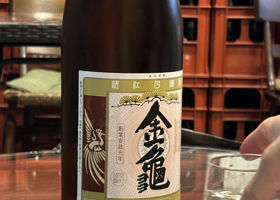
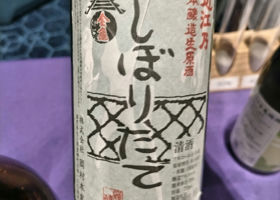
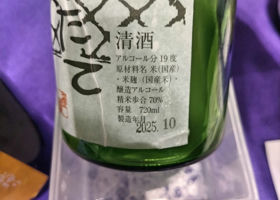
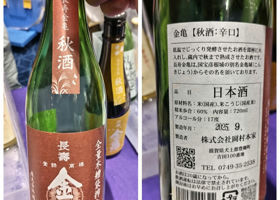
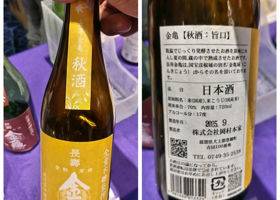
ねむち
Shiga Sake Festival in Otsu 2025⑰
The Okamura Honke/Kinkame booth.
What caught my eye more than the usual lineup of Kinkame-style sake was the label, which I don't usually see.
Omi-no Honjozo Nama-nazake Shiboritate
This sake was freshly squeezed three days ago. It is neither glamorous nor trendy. It has a mild umami and sweetness from the rice. Wow, what is this? This is the sake that made me roar with delight. An everyday evening sake that you can drink all the time.
◉Kinkame Autumn Sake Dry
The rice polishing ratio of 60% makes this a refreshing sake even though it is a hiyaoroshi (cold sake).
Kinkame Autumn Sake - Sweet
The 70% polished rice has a sweet and bitter taste with a slight astringent aftertaste.
I told him that I was thinking of Kinkame's colorful lineup of sake, sorted by rice polishing percentage, and he told me that they also offer seasonal sake.
Japanese>English
まつちよ
Good evening Nemuchi🫶🥹.
Shiboritate looks delicious 😊
I'd like to try some nigori sake too 🤔.
Japanese>English
ねむち
Hi, Matsuchiyo 😆🫶The freshly squeezed hot sake made 3 days ago was exceptional 😋I only had an image of Kinkame as a series of different rice polishing ratios, so I wanted to try many others 😊Nigori sake also looks delicious 😋.
Japanese>English
Kinkame白80 火入酒
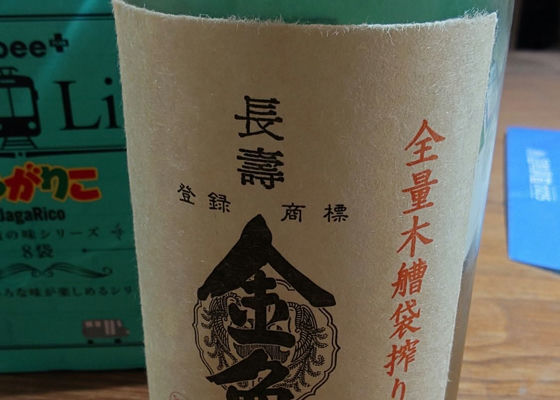
ryo375
Sake level -20
Maybe too sweet.
Japanese>English
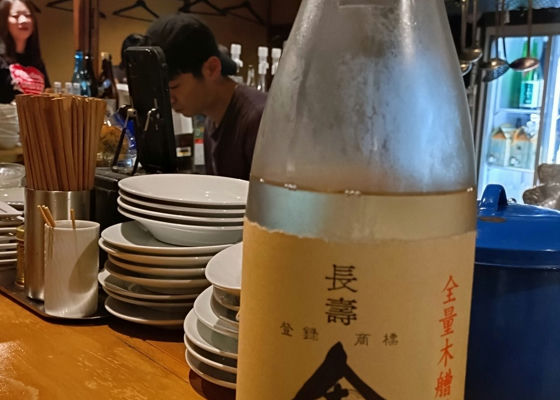
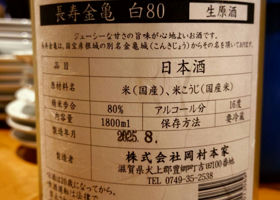
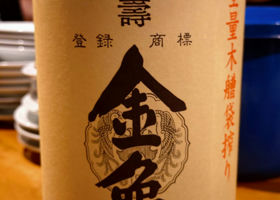
倍割り
Sweetness is full from the perimeter to the mid-palate.
Slightly fruity, but slowly savory and lingering.
Japanese>English


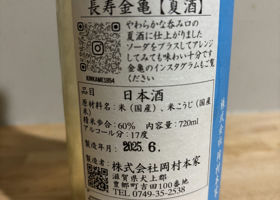
moussy297
Kinkame by Okamura Honke in Toyosato-cho, Shiga Prefecture, Japan.
A sake brewery that makes all of its sake by hand, using the old-fashioned wooden sack pressing method.
The summer sake has 60% rice polishing ratio and 17% alcohol content, which is a little high, but the taste is so light that you do not feel the alcohol content of 17%.
Since it is a summer sake, it is recommended to be chilled and served with soda, but I tried it on the rocks.
Japanese>English